Common Plumbing Emergencies and How to Deal with Them
Many plumbing emergencies happen when you least expect them. This article will teach you how to deal with some of the most common plumbing emergencies such as a clogged toilet or a backed-up drain. We’ll also discuss what to do if your pipes burst, or if you can’t get water out of your faucet because there is too much sediment built up inside.
Clogged Toilet
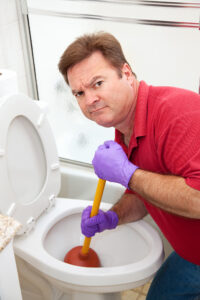
If you have a clogged toilet, the first thing to do is figure out what’s in there. Are you sure it isn’t just poop? Here are some clues to help determine whether or not that might be the case: If your water level has dropped significantly (or if you’re running low on water), then it could be caused by a clogged toilet. The water level in the bowl will also decrease if there is a buildup of sediment or other debris blocking it from entering the drainpipe, and an increase in temperature may cause expansion that could lead to backups.
You can fix a clogged toilet by pouring in a bucket of boiling water and letting it sit for 20 minutes. You can also use a plunger, though this may not work if the clogged object is made out of cloth or paper. If you’re unsure what’s causing your toilet to clog, then mix one-gallon bleach with one-quart warm water and pour that down the toilet. This will act as a disinfectant and kill any bacteria that may be clogging the pipe, so you’ll know if it’s caused by toilet paper or something more serious like diarrhea.
After trying these remedies to no avail, then try using an auger to clear up the blockage. If this doesn’t work either, then call a professional.
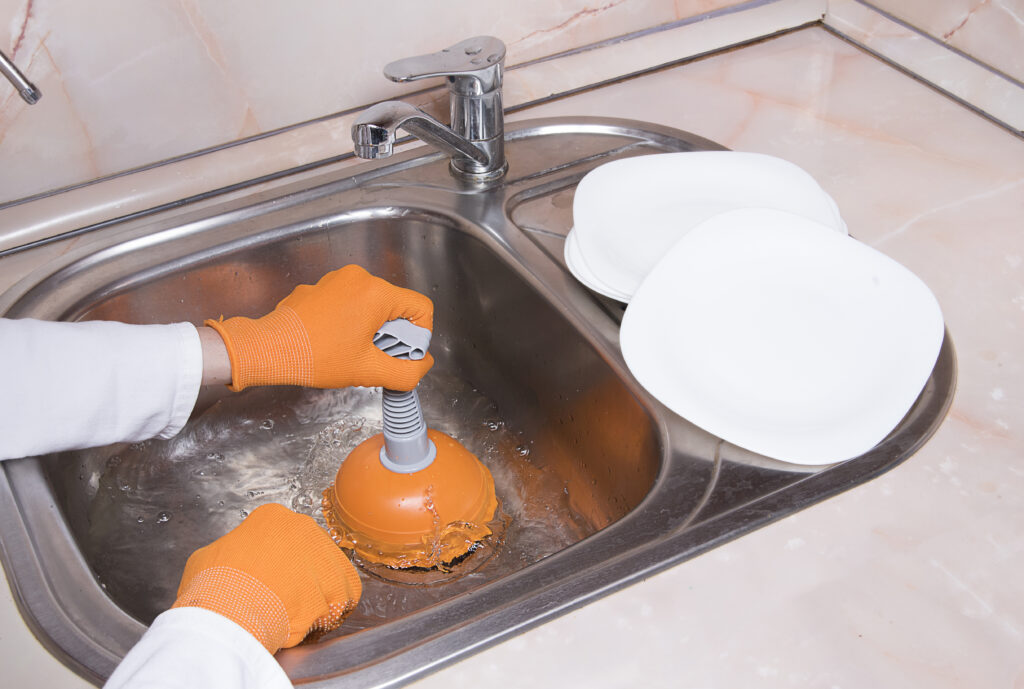 Backed-Up Drain Pipe
Backed-Up Drain Pipe
If you notice that your sink is backed up, then try to snake the drain. You can use an old-fashioned plunger or a plumber’s helper for this job. If these don’t work, then pour boiling water down the drain and wait at least 20 minutes before trying again. This will melt any ice caught in the pipes, which can be the cause of a backed-up drain.
If this still doesn’t work, then you may need to call a plumber and have them snake your pipes with an auger or use other methods for clearing it out.
Pipe Burst
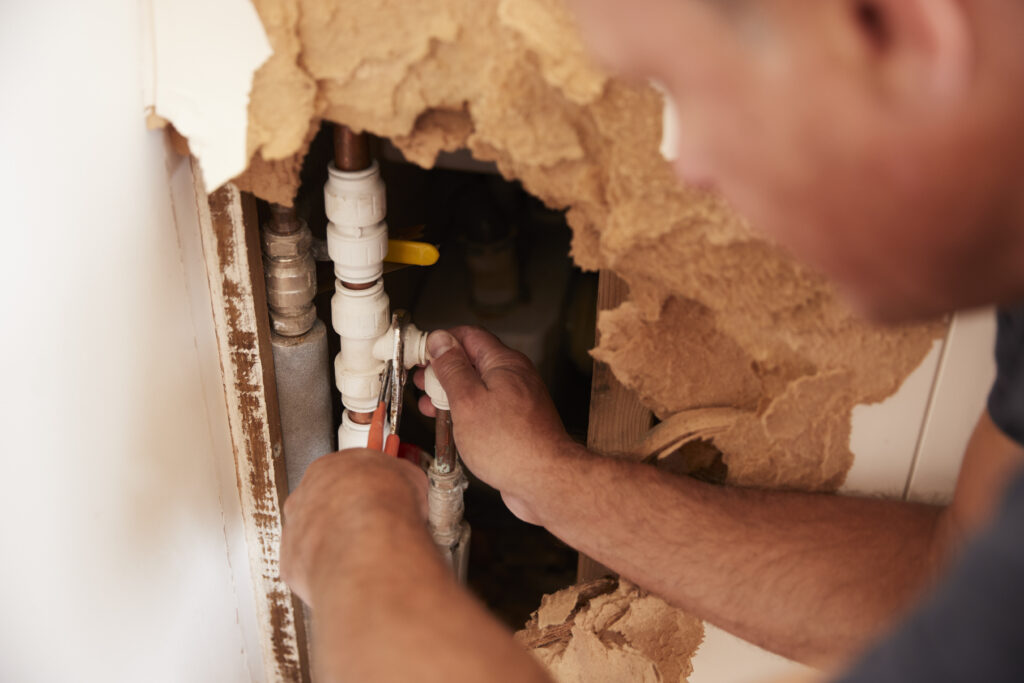
If you notice a pipe has burst, then try to turn off the main water supply before it leaks too much. You’ll want to shut down your water heater if possible, as well as any other appliances that use
water so they don’t leak onto floors and cause more damage elsewhere in your home.
Next, find out where the leak is coming from. If it’s not a pipe, then you’ll want to get the water stopped before it leaks too much and causes more damage elsewhere in your home. If it is coming from a pipe, then locate any shut off valves near there that can be quickly turned off so the leak doesn’t cause too much damage.
You may also want to contact a plumber to come and fix the leak.
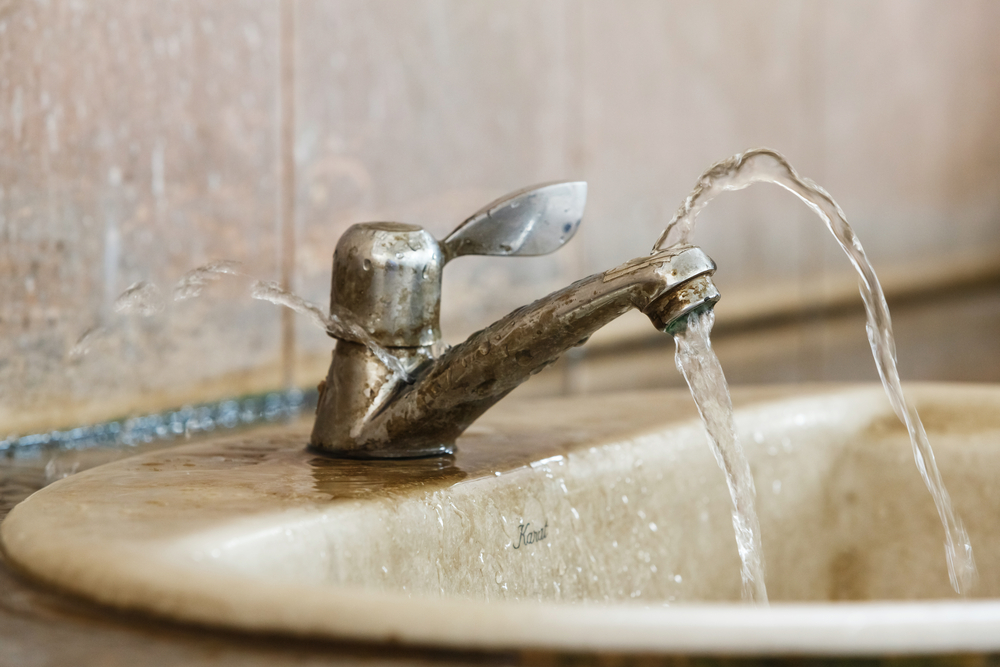 Leaky Fixture
Leaky Fixture
If a fixture is leaking, it’ll typically be obvious because there will either be water dripping from the area around the leak or you might see water coming up through the floor.
The first step to fixing this problem is finding exactly where in your home that the leak is occurring. Once you know what room it’s in, then find and turn off the water supply to that room.
If you don’t know where the shut-off valve is, then look for a diagram of your home’s plumbing system or call an expert and they should be able to find it quickly enough on their own.
Once you’ve turned off the water, now use a sponge or towel soaked in baking soda to absorb all of the water coming out from under your sink or bathtub.
Sewer Backup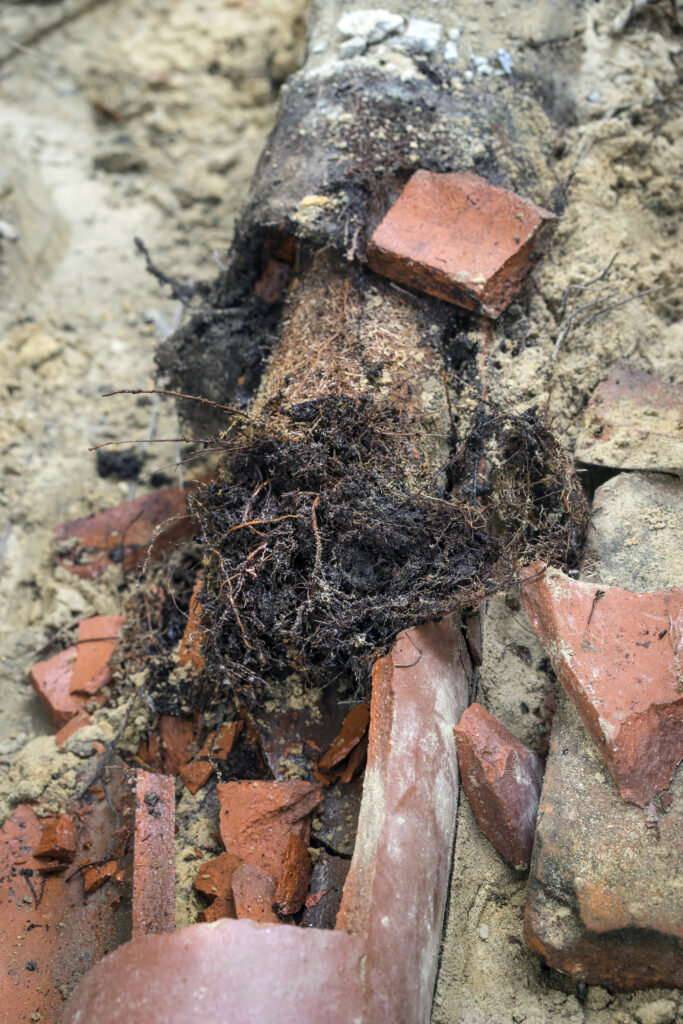
A sewer backup is when the sewage system in your house backs up into your toilet, sink, or bathtub. It can be caused by heavy rains causing water to seep through cracks and gaps in the pipes leading from your home’s sewer line out into the street.
Sewer backups are more common in houses with high-level toilets and basins because these devices allow large amounts of water to flow at one time when they’re flushed or filled up.
The first step you should do is turn off the water in the bathroom. Next, use a sponge or towel soaked in baking soda and vinegar to absorb all of the water coming out from under your sink or bathtub. If you can’t reach this area without standing on something slippery, like dish soap it’s best not to get off that surface. You should also call a plumber!
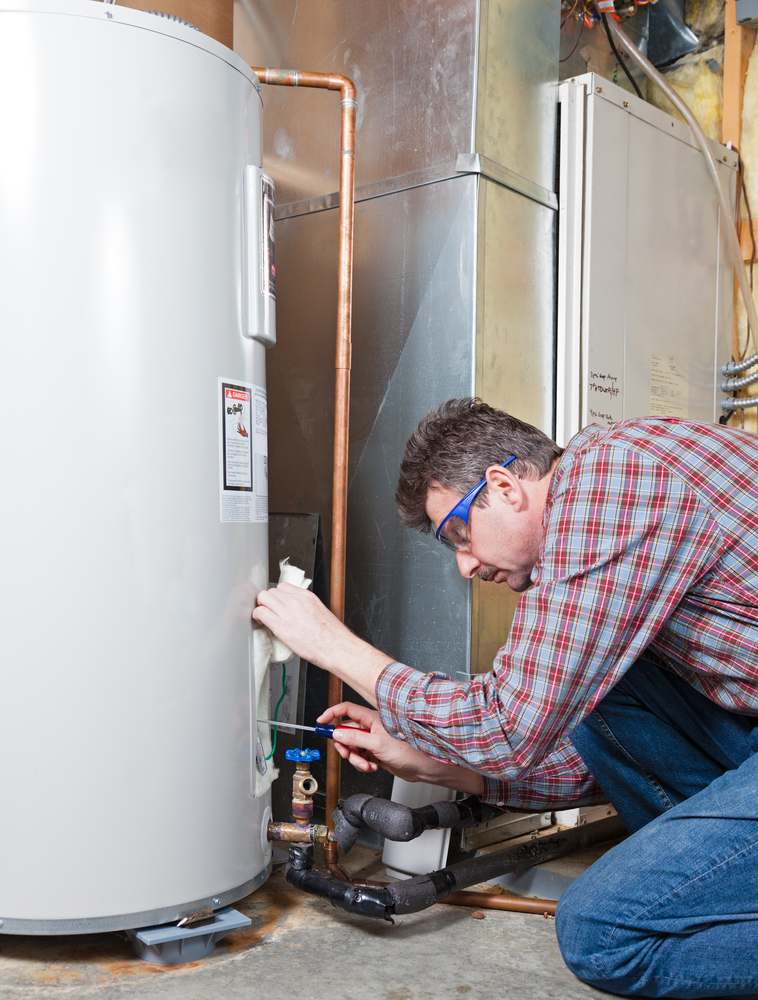
Water Heater Malfunction
A water heater malfunction is usually the result of a faulty thermostat or heating element. The most common signs that your water heater might be on its way out are slow warm-up time, unbalanced hot and cold temperatures in any given room, and a constant need to reset the temperature setting. In some cases, it’s possible for an electric arc to develop inside the tank, which will produce a loud banging or hissing noise.
If a water heater malfunction occurs, call a professional plumber to inspect and repair the unit.
